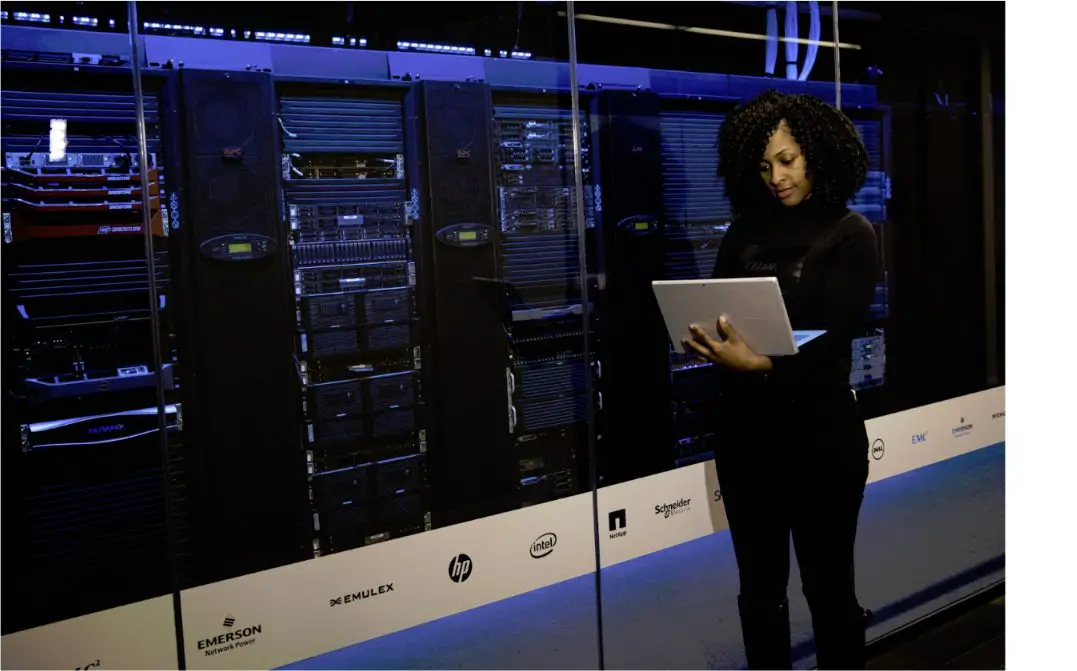
Image Source: Pexels
Any individual or business with a server to manage needs to take monitoring responsibilities seriously. There are lots of reasons behind this, from the cost implications to the productivity problems that can arise from unplanned downtime.
If you manage a server and you aren’t up to speed with what makes monitoring so vital, let’s explore the advantages it offers together, and also consider how to intervene if your server starts playing up.

Poor performance and server outages are expensive
From a financial perspective, having a monitoring solution in place is a must, because if performance is not up to scratch or the entire infrastructure fails for whatever reason, the costs of recovery will be steep.
This is especially relevant to small businesses, since you will not necessarily have the means to bounce back after unplanned downtime. As such, being on the lookout for problems and preemptively maintaining servers to prevent outages will save you from potentially catastrophic costs.
Productivity hangs in the balance
Your server will likely provide functionality to apps and services which employees need to go about their daily duties.
If you are not monitoring it, then team members could struggle to fulfill their potential from a productivity perspective, and could also become frustrated by the sluggish performance of the systems they rely on during working hours.
Looking out for performance dips and doing your best to remedy them will turbocharge your workforce and also enable your organization to remain competitive in whatever market you occupy.
Brand reputation is at stake
Another likelihood for organizations with a server to manage is that this will form the foundation of customer-facing solutions, such as a website or mobile app.
In this case, a well-maintained and managed server which performs reliably and is consistent in the way it caters to all users will be a real asset to your brand. Conversely if customers become disgruntled because of subpar experiences, then your brand’s reputation will suffer.
Early intervention is important
Monitoring your server persistently will give you a good idea of what normal performance levels look like, and also enable you to determine when something isn’t right.
Ideally you should never let your server reach the point where it is on its last legs, but if disaster seems imminent, you will need to intervene in a manner that makes sense for the issue at hand.
If you are entirely responsible for managing and maintaining your server in-house, use your monitoring tools to diagnose the problem and fix it as soon as possible. If you have an external IT support provider to call on, don’t wait until the last minute, but get them involved right away.
Scheduling in maintenance sessions to tweak server performance and address minor issues before they spiral out of control is the best antidote to downtime. Prevent permanent damage to your IT resources and your brand’s reputation by planning this properly.